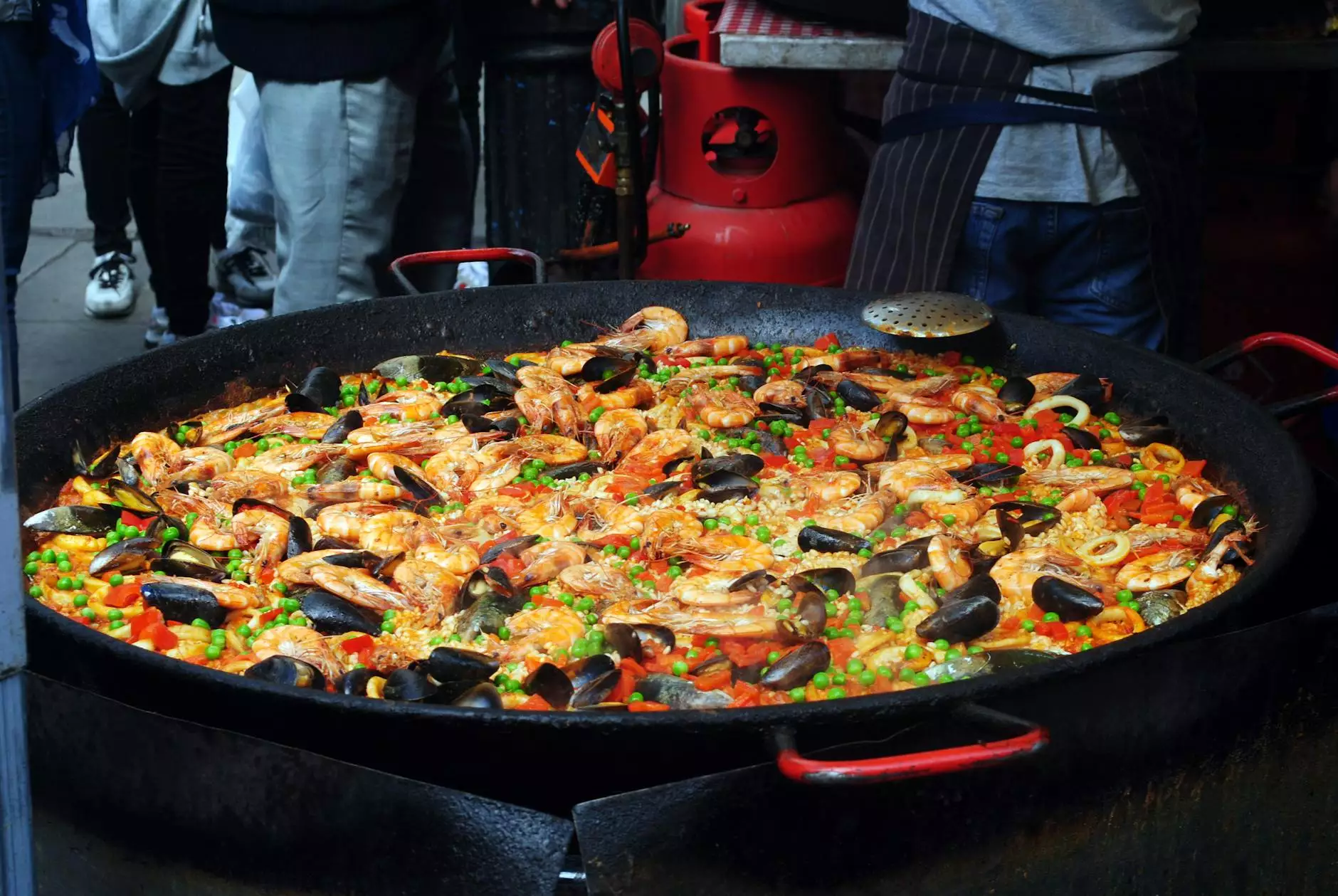Spanish Soups — Spanish Language and Culture
Blog
Introduction
Indulge in the rich culinary heritage of Spain with a delightful collection of Spanish soups. NJCLT brings you a curated selection of traditional and contemporary Spanish soups that not only tantalize your taste buds but also offer a glimpse into the deep-rooted cultural significance of these dishes. Discover the perfect harmony of flavors, textures, and aromas that make Spanish soups a beloved part of Spanish cuisine. Join us on this gastronomic journey as we delve into the history, recipes, and cultural aspects of Spanish soups.
The History of Spanish Soups
The origins of Spanish soups can be traced back centuries, deeply intertwined with the diverse cultural influences that have shaped the nation. Since ancient times, soups have been an essential part of Spanish gastronomy, reflecting the agricultural traditions and culinary practices of different regions.
The Regional Varieties
From the vibrant region of Andalusia in the south to the flavorful landscapes of Catalonia in the northeast, each Spanish region offers unique and enticing soups.
1. Gazpacho
Gazpacho, originating from Andalusia, is a refreshing chilled soup made with ripe tomatoes, cucumbers, bell peppers, onions, garlic, olive oil, and vinegar. It is the perfect embodiment of the Mediterranean flavors and offers a delightful escape from the summer heat.
2. Cocido Madrileño
Hailing from the bustling streets of Madrid, Cocido Madrileño is a hearty stew that has won the hearts of locals and visitors alike. This comforting dish typically consists of chickpeas, beef, pork, vegetables, and various cured meats. It is a true embodiment of the rich traditions and strong flavors associated with Spanish cuisine.
The Cultural Significance
Spanish soups not only offer a gastronomic experience but also provide deep insights into the culture and customs of Spain. These soups have played vital roles in Spanish celebrations, family gatherings, and cultural events, drawing people together and creating lasting memories.
Traditions and Festivities
Throughout the year, various Spanish festivals celebrate the diverse soup traditions of different regions. The Tomatina festival, held in Buñol, Valencia, allows participants to engage in a friendly tomato fight, highlighting the significance of tomatoes in Spanish cuisine and, in turn, Spanish soups.
Influences on Spanish Language
Spanish soups have also made their mark on the Spanish language itself. Numerous idioms and sayings originate from the unique characteristics and cultural associations of certain soups. Exploring these linguistic connections adds an extra layer of depth to your Spanish language learning.
Recipes
Embark on a culinary adventure with our handpicked collection of traditional Spanish soup recipes. Each recipe is presented with detailed instructions, ensuring you can recreate the authentic flavors and aromas of Spain right in your kitchen.
Gazpacho Recipe
- Ingredients:
- Ripe tomatoes
- Cucumbers
- Bell peppers
- Onions
- Garlic
- Olive oil
- Vinegar
- Salt and pepper
- Instructions:
- Chop the tomatoes, cucumbers, bell peppers, and onions.
- Blend them together with garlic, olive oil, vinegar, salt, and pepper.
- Refrigerate the mixture for a few hours to enhance the flavors.
- Serve chilled and garnish with your choice of toppings.
Conclusion
Spanish soups are a treasure trove of flavors, traditions, and cultural experiences. NJCLT invites you to immerse yourself in the world of Spanish cuisine, delightful aromas, and heartwarming stories associated with these soups. With our carefully curated recipes and in-depth insights, you can elevate your Spanish language skills while exploring the culinary wonders of Spain. Join us on this incredible journey and discover the true essence of Spanish soups.










